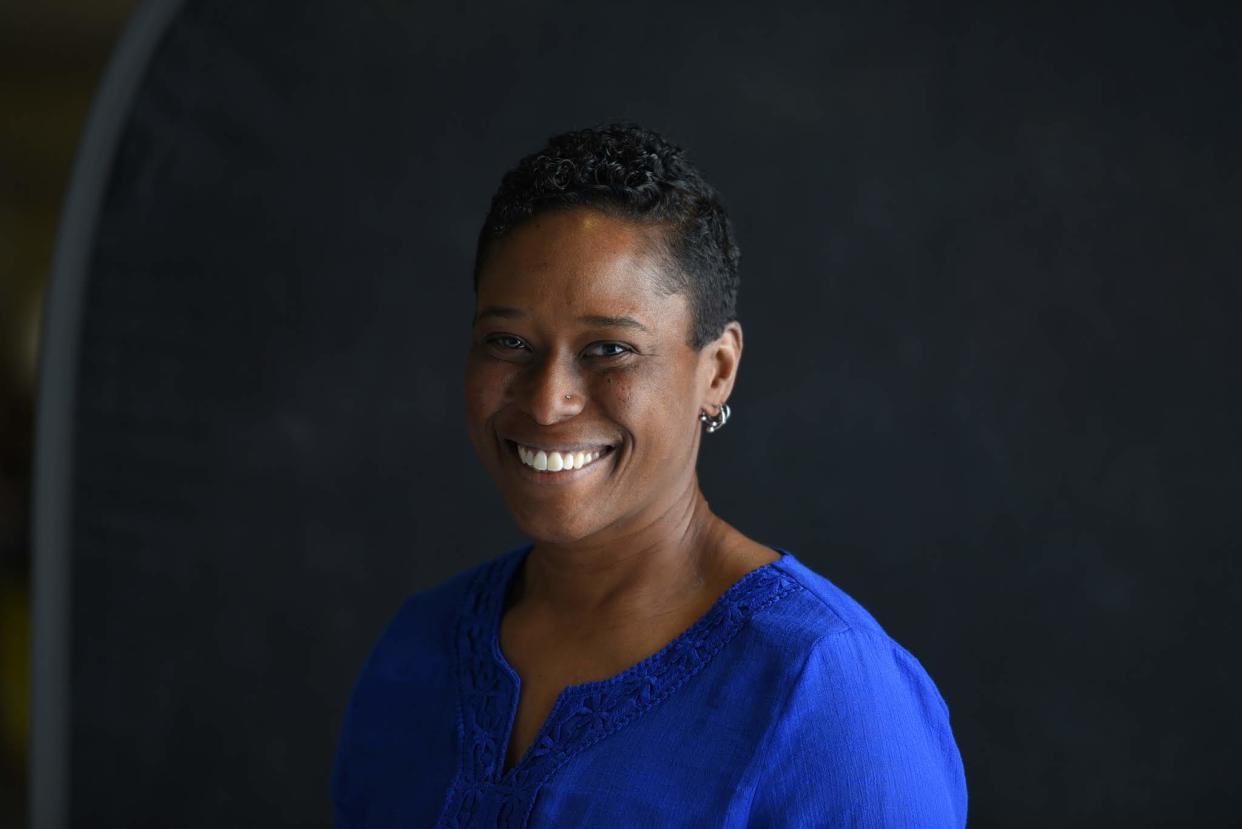How the light of Hanukkah, the Festival of Lights, dispels darkness: Lawson

On the evening of Nov. 28, Jews all over the world will begin the eight-day celebration of Hanukkah. This year Hanukkah will be celebrated through Dec. 6.
To what may surprise those reading this article, Hanukkah isn't actually all that religious of a holiday. Non-Jews often assume Hanukkah to be the most important Jewish holiday because of its close proximity to Christmas. It's not. Rosh Hashanah, Yom Kippur and Passover, for example, are more religiously observed.
With that said, Hanukkah certainly holds cultural significance, and there are a few similarities. Hanukkah falls on the 25th day of the Jewish month of Kislev, and Christmas falls on Dec. 25. Hanukkah and Christmas are both known as the Festival of Lights.
So what is Hanukkah?
Hanukkah celebrates the rededication of the Jerusalem temple following its defilement by Syrian Greeks in 164 BCE. Since then, Hanukkah has become known as the Festival of Lights due to a miracle of a one-day supply of oil lasting a miraculous eight days.
Every night of Hanukkah, we offer special prayers, and it is customary to enjoy fried foods. Fried foods such as latkes (a type of potato pancake or fritter) and sufganiyot, aka donuts. Many families also exchange gifts each night.
At the heart of this holiday is the nightly menorah lighting. Every night of Hanukkah is celebrated with the lighting of the hanukkiah (a menorah for Hanukkah). The menorah holds nine flames, one of which is the shamash (helper candle). The shamash is used to light the other eight lights. On the first night, we light just one flame. On the second night, an additional flame is lit. By the eighth night of Hanukkah, all eight lights are lit. Each night after we light our candles, we place the menorah in the window for the whole world to see the beautiful lights.
This light, I believe, is the true story of Hanukkah. A story of how light can push away darkness. Hanukkah is about using little candles, little flames of light, to bring more light and more joy into the world to push away all the darkness. This light can also push away despair and remind us as the days get shorter, darker and colder that even in the darkest of times, it just takes one candle, then we light another candle, and poof, the darkness is gone. This celebration of adding light can serve as a symbol of a joyous future, reminding us that better times are ahead and the light is a symbol of faith and hope.
As we move closer to the end of 2021 and we reflect on the past, we often need the message that the future will be brighter and brighter days are ahead. Maybe this is why Jews and Christians light their holiday lights on their darkest and coldest nights of the year.
Rabbi Sandra Lawson serves as the inaugural director of racial diversity, equity and inclusion for Reconstructing Judaism. Info: www.rabbisandralawson.com.
This article originally appeared on Times-News: Hanukkah, known as the Festival of Lights, speaks of better days ahead

